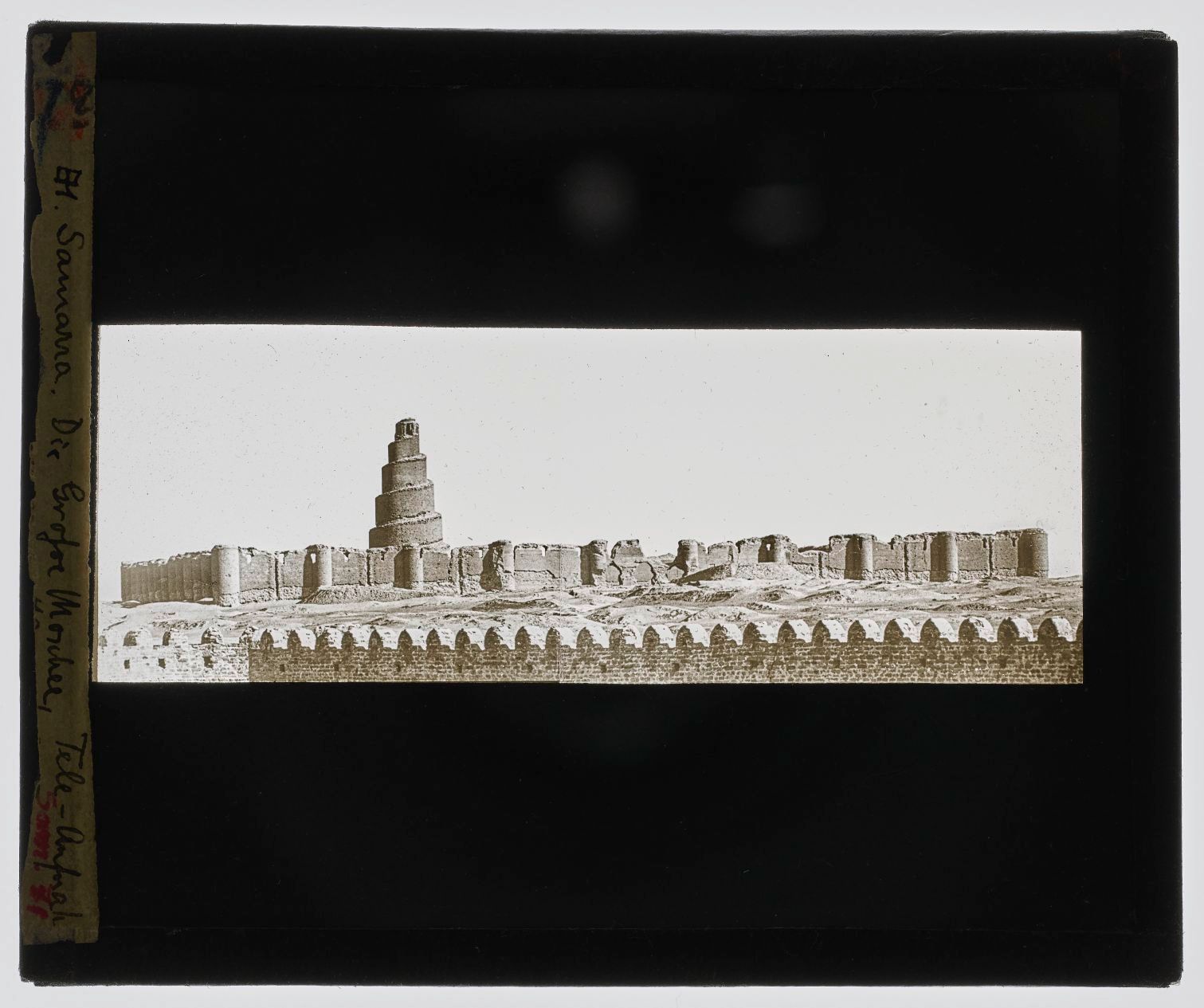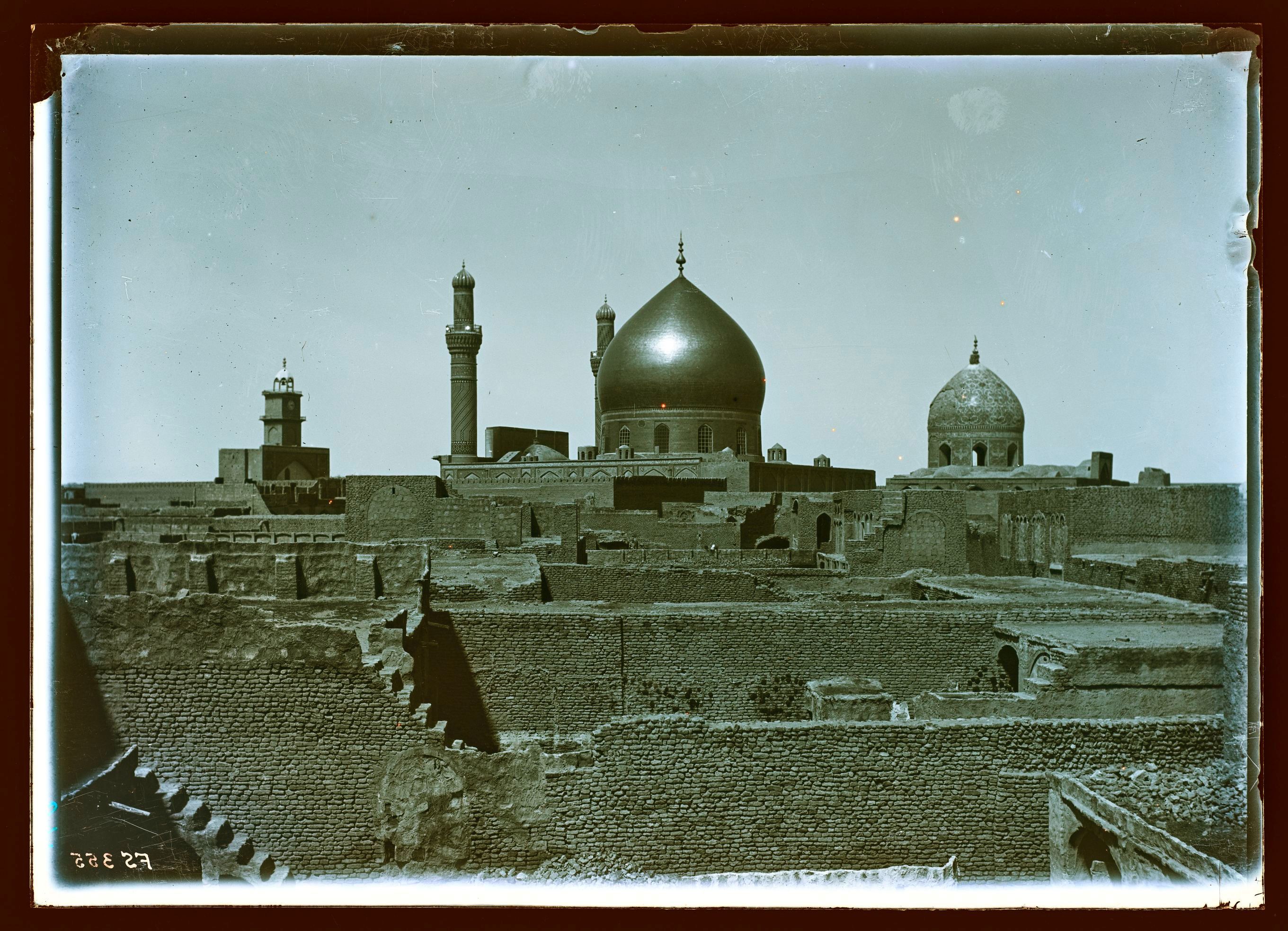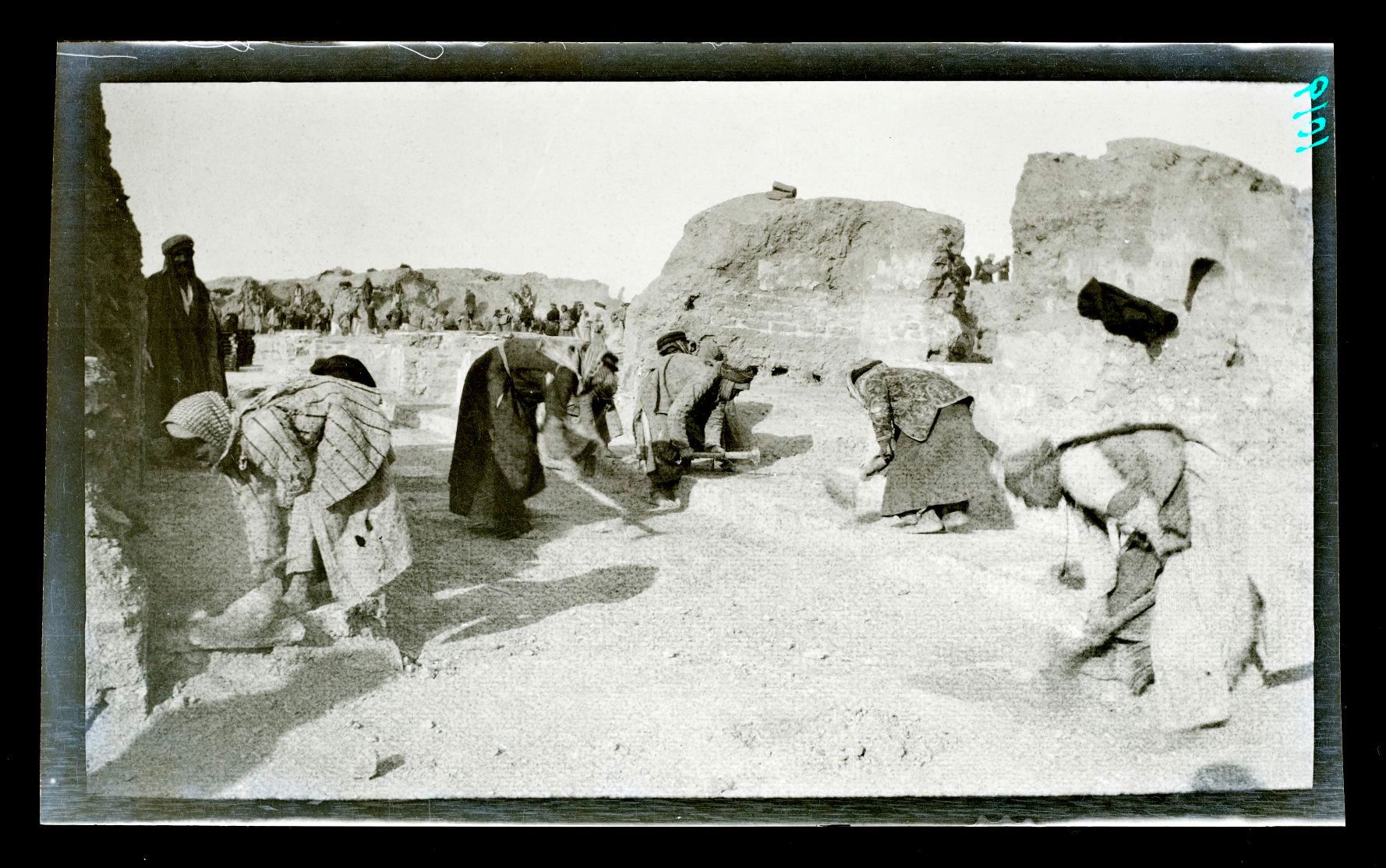HISTORICAL BACKGROUND
In 762, Baghdad was founded by the Abbasid dynasty (749-1258) as the capital. Iraq developed into a hub of international trade with political contacts at the courts of the Chinese and Byzantine emperors, and the Holy Roman Emperor Charlemagne. Culture and science blossomed, with translations of ancient works and sustainable performances in geography, philosophy, medicine, astronomy and mathematics. Cultural and scientific developments of the period are also of great significance for the history of Europe. The reign of the Abbasids came to an end with the destruction of Baghdad in 1258 by the Mongols.
THE ABBASID EMPIRE
The city of Samarra, which lies approx. 125 km north of Baghdad, is one of the most formidable Islamic art history and archaeology sites. It served as a temporary seat of government for the Abbasid caliphs between 836 and 892, and replaced the actual capital of Baghdad during this period.
SAMARRA - THE CITY
Samarra, officially Surra man ra'a (Arabic for "he who sees it is delighted"), developed In two significant construction phases as a gigantic city of complex of over 150 km² along the Tigris. In its centre stood the 175-hectare Caliph's Palace, built above the river, which consisted of a series of courtyards, throne rooms and living quarters with extensive garden complexes, hunting reserves, polo playing fields and horse racing tracks. The extent of the construction project was a clear inspiration for the Great Mosque. The building was intended to house 100,000 people, was as big as 2.5 football pitches and surrounded by an enclosing wall measuring 376 m x 444 m.
Samarra - the temporary capital of a global empire - is a UNESCO World Heritage Site.
EXCAVATION IN SAMARRA
The first systematic excavations of an Islamic site took place in Samarra under the direction of the museum director Friedrich Sarre (1865-1945) and the archaeologist Ernst Herzfeld (1879-1948) between 1911 and 1913.
As an archaeologist, Ernst Herzfeld led the excavation work on the ruined site of over 50 km², one of the largest in the world. Schaul ibn Salman (d. 1923) oversaw the logistics and financial administration of this major project as excavation secretary. Hailing from Hillah in Iraq, he had access to the necessary networks and contacts in the area.
Herzeld coordinated up to 300 employees at times, some of whom were trained overseers from Hillah, others who were untrained labourers from the local area. He listed their salaries in the accounts book and created profiles for some of them.
MIRIAM KÜHN, ART HISTORIAN
"Ernst Herzfeld is the photographer of all the excavation photos. His views of people, sites, architecture and landscapes characterise the excavation documentation from Samarra. As the photographer, he does not usually appear in the photos, and only appears as a shadow here."
Dokumentation
The documentation of the daily excavation work appears to have been of great concern to Herzfeld. As well as photographs of architecture and sites, he also documented the hard physical labour of the excavation workers in some photos.
Herzfeld did not just organise the work, but also photographed, kept and managed excavation and site log books alone. Today, and in excavation projects of similar significance at the time, a whole team would be commissioned for the task.
MORE STORIES ABOUT SAMARRA
DIGITALISING SAMARRA
All of the 1.500 or so preserved photographs of two excavation campaigns are now available for the first time.



